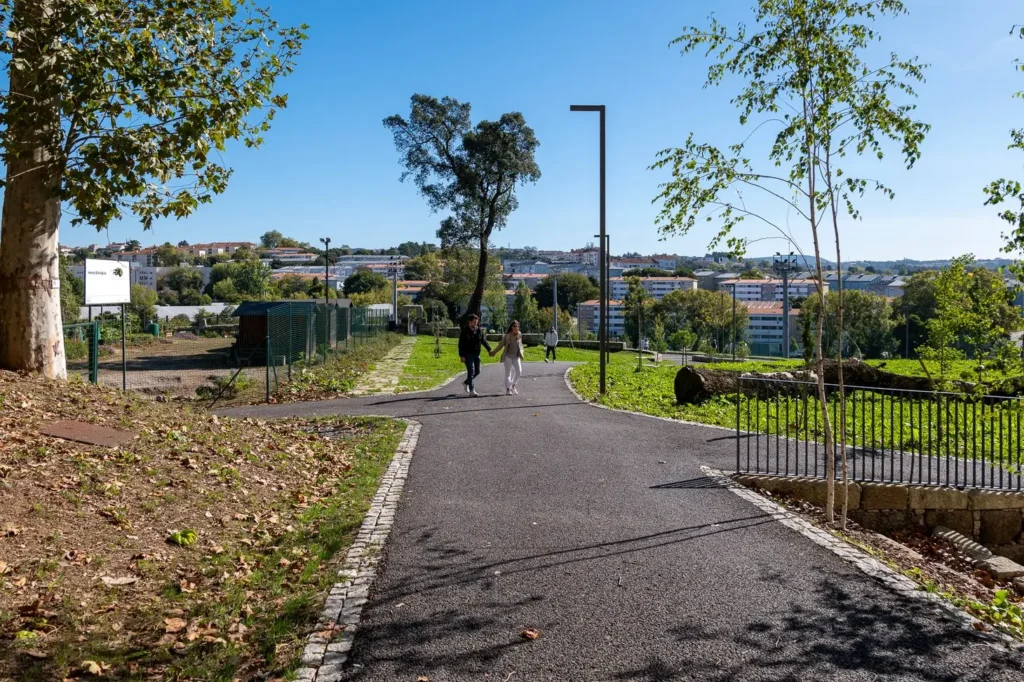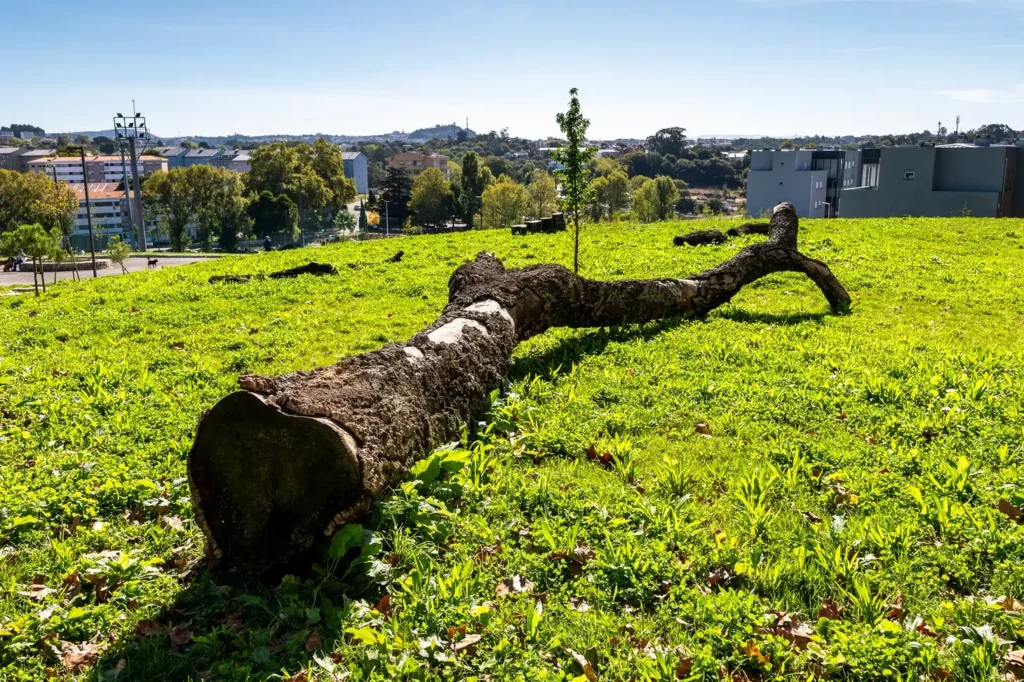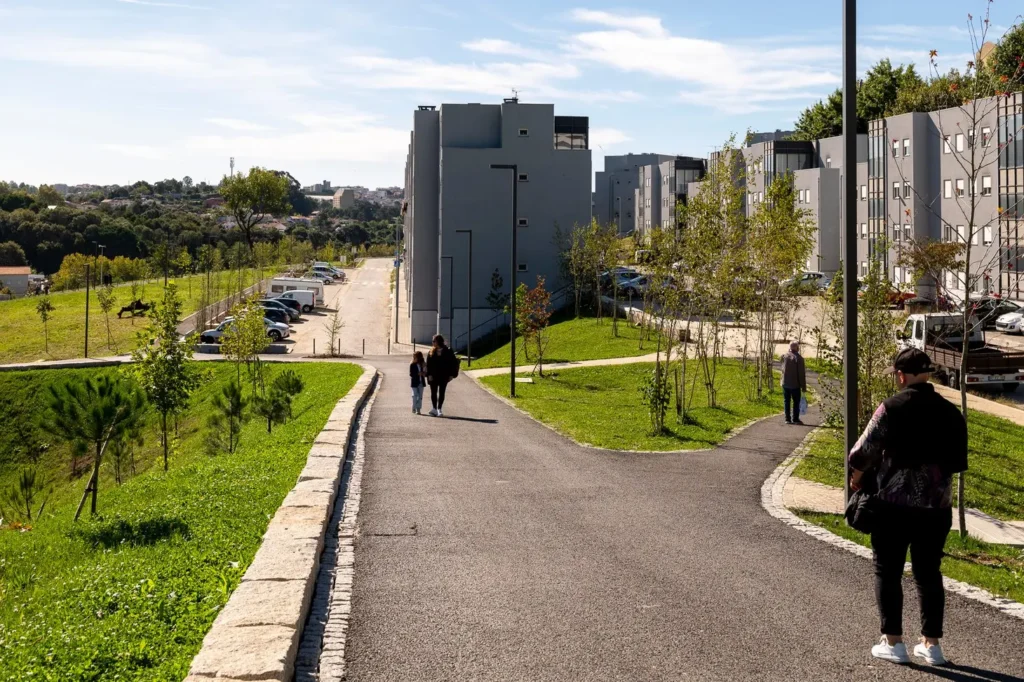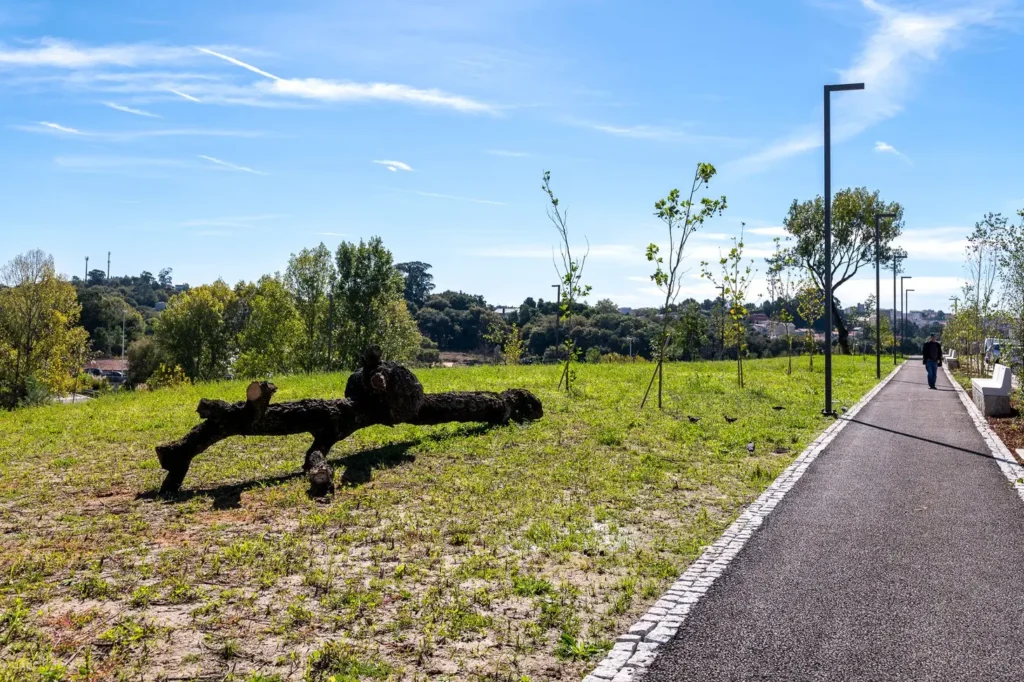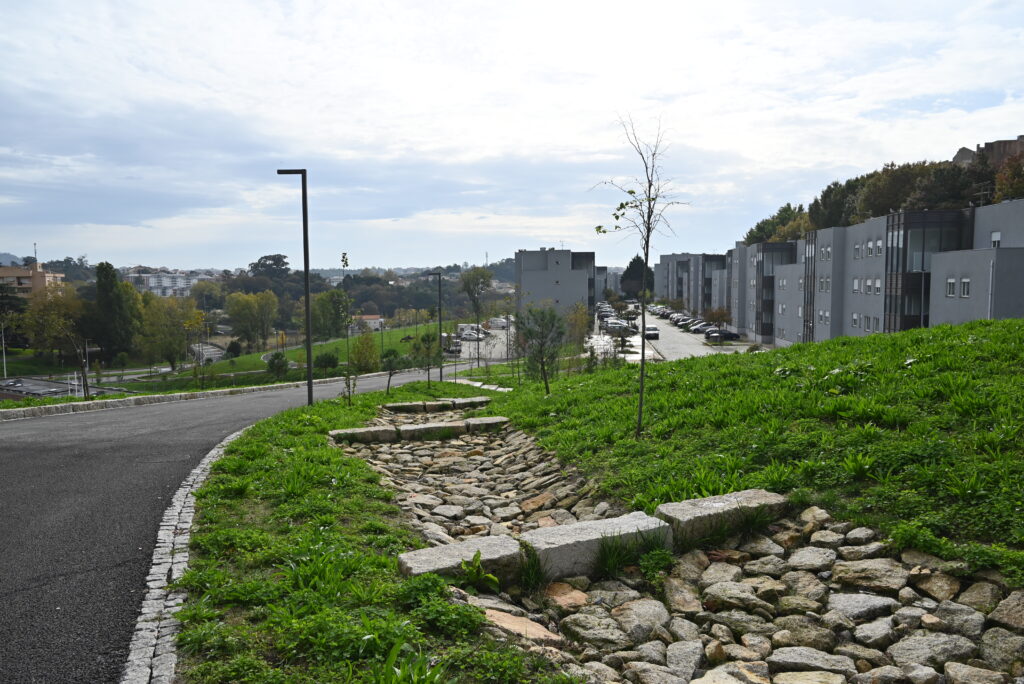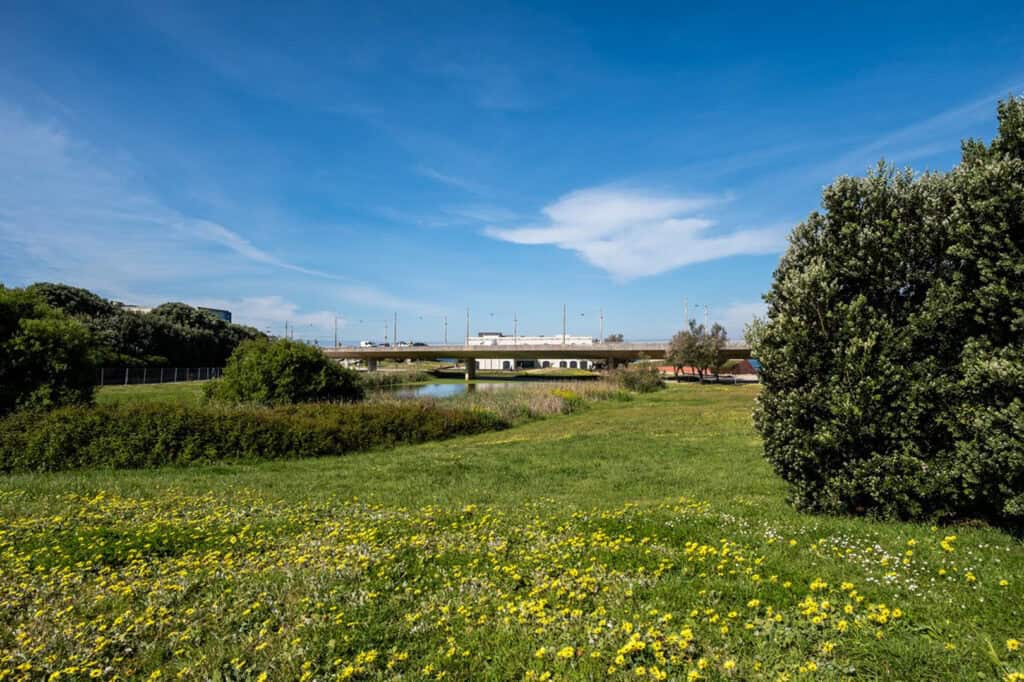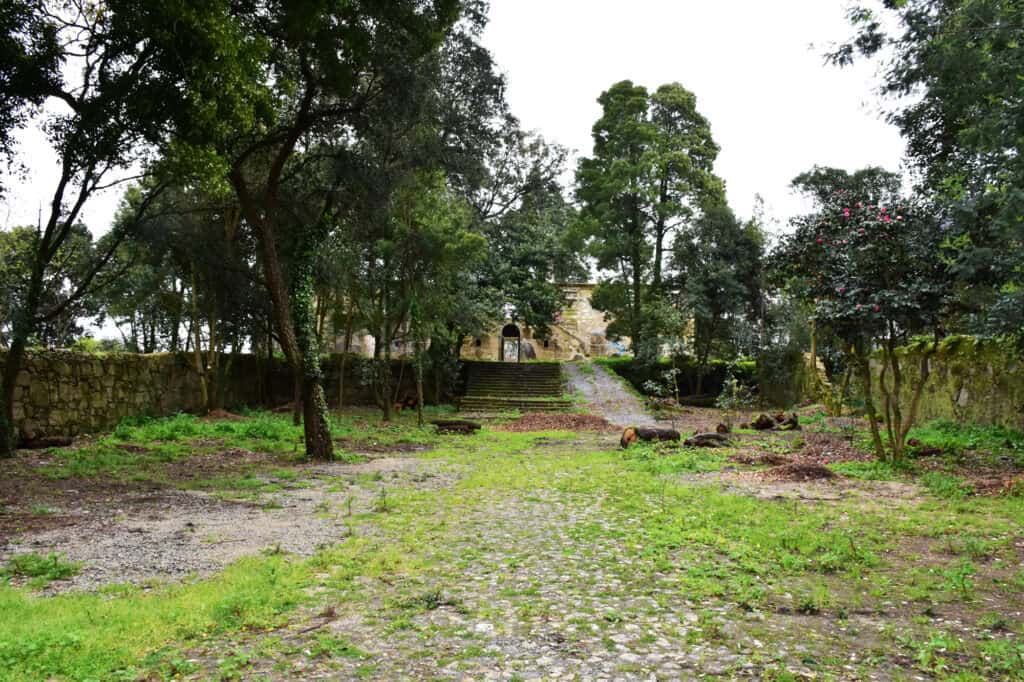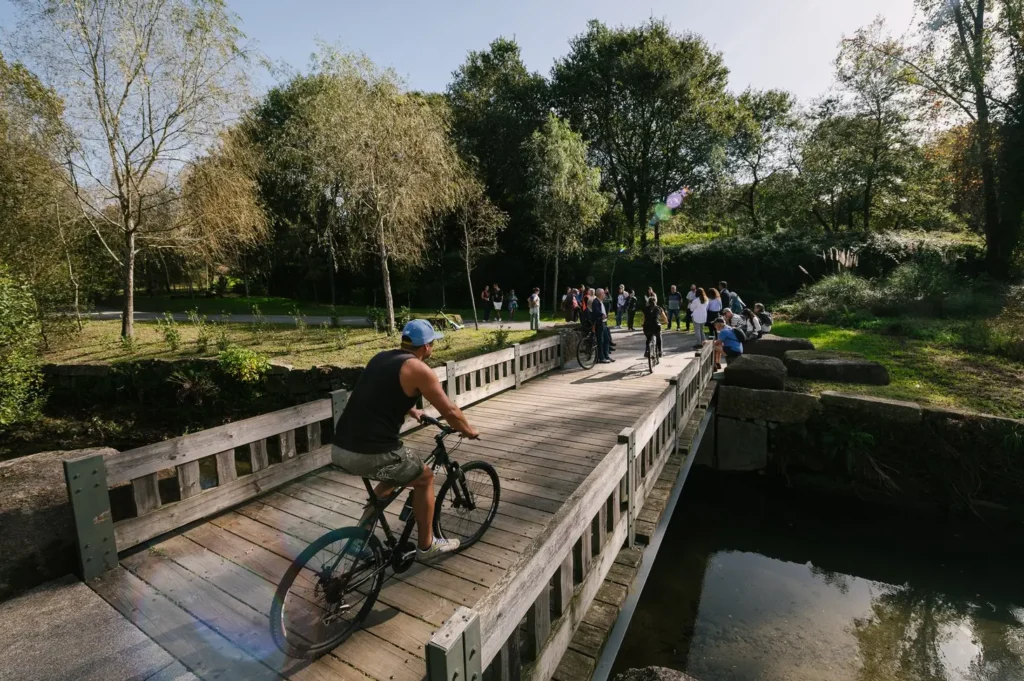The Parque da Alameda de Cartes, inaugurated in September 2024, is a nature-based solution that promotes urban sustainability in the Campanhã area. With an area of more than 40,000 m², the park includes more than a thousand native trees and shrubs, helping to improve air quality and the local microclimate. On the other hand, the park has the capacity to retain rainwater to prevent flooding during heavy rainfall and to sustain the trees planted there.
In terms of social services, the area has more than 1.5 km of pedestrian and cycle paths, which facilitates sustainable mobility and access to various urban facilities, such as the Horta da Oliveira, the Falcão Primary School, the Cartes Municipal Swimming Pool, among others. These paths are closely linked to the city’s Parque Oriental, allowing the community to enjoy a free connection to another 18 hectares of green area along the Rio Tinto, thus also reinforcing the strategy of creating a more connected Porto.
The URBiNAT project was the main source of funding and promoter of the creation of the Park. This project focused on regenerating and promoting connectivity between disadvantaged urban neighborhoods, co-creating with citizens new social and nature-based relationships within and between different neighborhoods. Using a holistic approach, taking into account the full physical, mental and social well-being of citizens.
